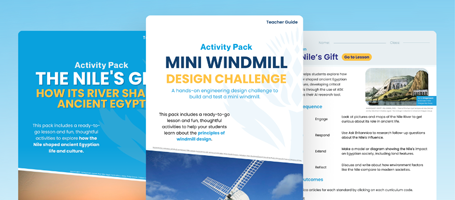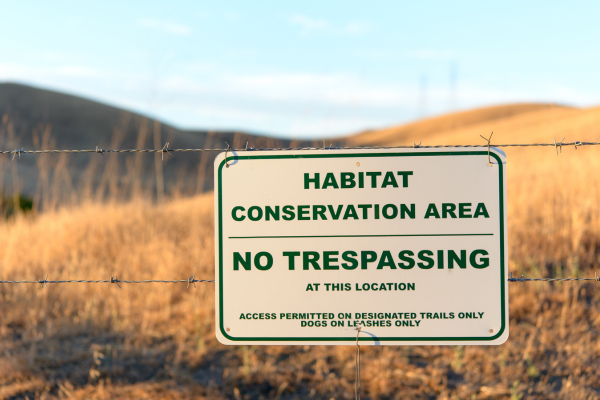The preservation of biodiversity to ensure species survival is critical and complex.
Discover how sustainability isn’t just about conservation; it involves a holistic approach to maintaining the delicate balance of our ecosystems. Engage your students in this meaningful exploration and inspire a deeper understanding of the natural world.
Why is Species Survival Important as a Scientific Theme
Species survival is a critical aspect of maintaining biodiversity, which is essential for the health and resilience of our ecosystems. The decline in species due to habitat destruction, climate change, and human activities threatens not only individual species but also the stability of our environment. By focusing on more than just sustainability, we emphasize the need for proactive measures to ensure that species thrive, not just survive. This theme aligns with global conservation goals and highlights the importance of each species in maintaining ecological balance.
Curriculum Links
The theme of species survival aligns with the following key Science learning areas:
- Science Understanding: Students explore the diversity of living things, their interdependence, and the impact of human activity on ecosystems. Activities related to species survival can be integrated into topics such as Biological Sciences and Earth and Space Sciences.
- Science as a Human Endeavour: Students investigate how science is used to solve real-world problems, including those related to environmental sustainability and conservation. The theme encourages students to think critically about the role of science in addressing ecological challenges.
- Science Inquiry Skills: Through hands-on activities, research projects, and debates, students develop skills in questioning, predicting, planning, conducting experiments, and communicating findings. These skills are crucial for understanding and addressing issues related to species survival.
Learning Activity
Exploring Species Survival in the Classroom
Incorporating this theme into classroom activities can spark curiosity and foster a deeper understanding of ecological principles. Here are some ideas to get your students actively engaged:
Create a Mini Ecosystem
Students can build their own mini ecosystems using terrariums. This hands-on activity helps them understand the interdependence of species and the importance of a balanced environment. Provide a variety of plants, soil, and small animals like insects to create a self-sustaining system.
Species Survival Debate
Organise a debate where students represent different species and argue for their survival strategies. This activity encourages research and critical thinking as students explore various adaptation mechanisms and the impact of human activities on different species.
Biodiversity Mapping
Using local data, students can create a map showcasing the biodiversity in their area. They can highlight endangered species and discuss the factors contributing to their decline. This visual representation reinforces the importance of local conservation efforts.
Utilising Science Week Teacher Resources
The Australian National Science Week 2024 teacher resources provide a comprehensive guide to engaging students with the theme of Species Survival. The official resource book includes lesson plans, activity ideas, and background information that can help teachers effectively integrate the topic into their curriculum.
Leveraging Britannica Education Resources
Britannica Education offers a wealth of resources to support teaching and learning about species survival. Here’s how you can incorporate these resources into your lessons:
- Interactive Articles: Britannica’s articles provide in-depth information on various species, ecosystems, and conservation efforts. Use these articles as a starting point for research projects or to supplement classroom discussions.
- Multimedia Content: Engage students with videos and interactive media that illustrate the concepts of biodiversity and species survival. Britannica’s multimedia resources can help bring these topics to life and make them more accessible to visual learners.
- Inquiry-Based Learning: Britannica’s inquiry-based learning resources encourage students to ask questions, conduct research, and explore solutions. Integrate these resources into your lessons to foster critical thinking and problem-solving skills.

